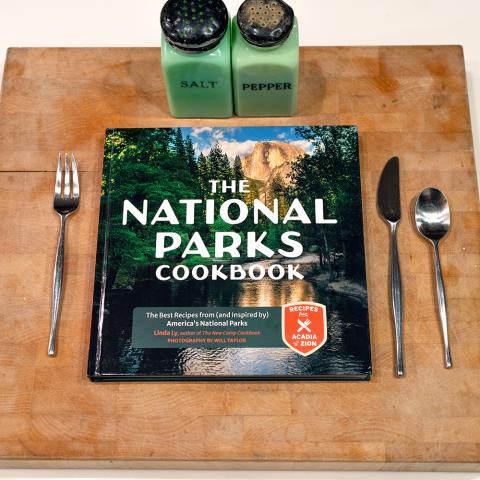
Efforts to find a new water source for the South Rim of Grand Canyon National Park so far have been unsuccessful/NPS map
As Grand Canyon National Park officials work to keep their antiquated Transcanyon Waterline and pump system functioning, they also are searching for a new water source to service the South Rim. And in the arid Southwest, that's not easily accomplished.
Currently, the park has instituted Level 2 conservation measures due to breaks in the waterline and pump house failures at Indian Garden inside the canyon. Those measures require the park and its partners to conserve water by adopting low water-use methods by practicing basic water conservation measures at home and at work. Some of these measures include shortening shower times, selective flushing of toilet water, washing full loads of laundry, serving water at restaurants only when requested, and utilizing low water methods to clean hotel rooms and homes.
Along with attending to the occasional leaks in the waterline, park crews have been looking for a new source of water for the South Rim. Currently, the 16-mile-long Transcanyon line runs from Roaring Springs below the North Rim down to the Colorado River, and then up to the South Rim. Earlier this year test wells were drilled near Phantom Ranch on the canyon floor with hope of tapping into a new reservoir that could shorten the length of the pipeline.
At the time, three wells were drilled uphill of the ranch complex, with one to test the water supply there and two others to monitor for any impacts. Unfortunately, the results were not encouraging.
"Due to the type of testing that the park wanted done, the equipment on scene resulted in inconclusive results. Therefore, the park will be testing the site again sometime in January," Grand Canyon spokeswoman Kari Cobb said Friday in an email.
Built in the 1960s, the pipeline intake at Roaring Springs is about 3,500 feet below the North Rim. From there the pipeline follows the bends and twists of the North Kaibab Trail down to Phantom Ranch, where it crosses the Colorado River suspended beneath the "silver bridge."
Once across the river the pipeline goes uphill to Indian Gardens, where a pump station is used to push the water to the South Rim.
The decrepit nature of the pipeline -- it breaks between five and 30 times a year, according to the Park Service, at a cost of roughly $25,000 per repair -- prompted the park to release a scoping document in August 2017 that touched on three alternatives: do nothing, replace the entire pipeline in its current location, or see if a new water intake well could be found near Phantom Ranch. Such an intake would remove the pipeline from a long downhill run through an area known as "The Box."




 Support Essential Coverage of Essential Places
Support Essential Coverage of Essential Places






